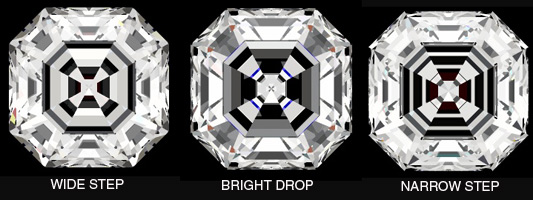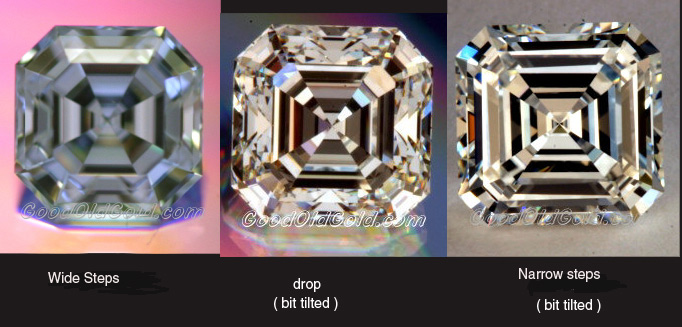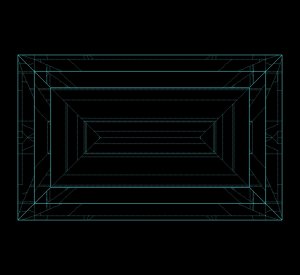- Joined
- Sep 3, 2000
- Messages
- 6,743
You can design more colored light return with some faceting designs, but only so much light comes back to your eyes. Since fire is controlled, or limited by the constant of dispersion available in diamond, if you increase visible fire, you decrease white light return. It is a personal choice, I suppose, if one wishes to have a diamond which displays more fire, but the current cutting strategy employed in the commercial markets limits fire to a component which is not really counted in the overall quality of cut or light performance. Fire may be reported on some lab reports, but the total light return is going to be no greater due to fire or not.
Since fire is extremely light and view distance dependent, and is an inherent characteristic of diamond material, I can''t see much reason to preomote it as a meaningful additional measure. All finely cut diamonds do display fire in the lighting which promotes it and that is a part of why people like the looks of diamond. In the right lighting it is always present.
Since fire is extremely light and view distance dependent, and is an inherent characteristic of diamond material, I can''t see much reason to preomote it as a meaningful additional measure. All finely cut diamonds do display fire in the lighting which promotes it and that is a part of why people like the looks of diamond. In the right lighting it is always present.








300x240.png)